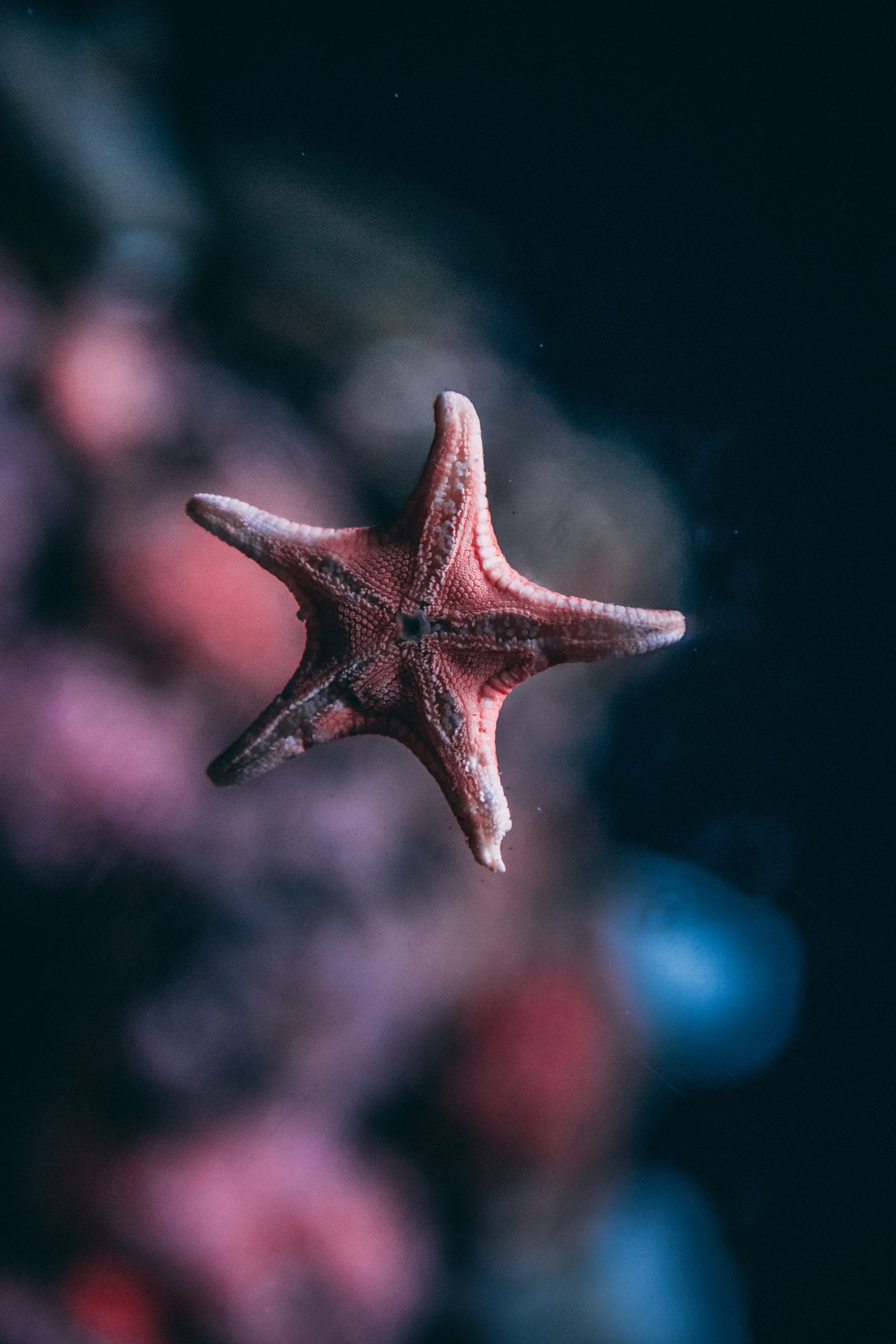Starfish, or sea stars, are a vital component of many marine ecosystems around the world. They play important roles in regulating populations of other marine species, helping to maintain balance and stability within these complex ecosystems. However, starfish are also facing a number of threats, both natural and human-made, that are putting their populations at risk.
One of the most important roles that starfish play in marine ecosystems is as predators. Many species of starfish are voracious predators that feed on a variety of marine invertebrates, including mussels, clams, and other shellfish. By keeping these populations in check, starfish help to prevent overgrowth and competition for resources, which can have far-reaching effects on other species within the ecosystem.
In addition to their role as predators, starfish also serve as important food sources for many other marine species. For example, sea otters and some species of fish rely heavily on starfish as a food source, and their absence from the ecosystem could have significant impacts on these species. Similarly, starfish provide important nutrients to the ecosystem through their waste and decomposition, which can help to fuel the growth of other species.
However, despite their importance, starfish are facing a number of threats that are putting their populations at risk. One of the most significant of these threats is climate change, which is causing ocean temperatures to rise and affecting the distribution and abundance of many marine species, including starfish. Some species of starfish are also facing threats from habitat destruction, overfishing, and pollution, which can all have negative impacts on their populations.
Another threat facing starfish is a disease called sea star wasting syndrome, which has been affecting populations of starfish along the west coast of North America since 2013. The disease causes lesions to form on the arms of the starfish, and can cause them to lose limbs or even die. While the exact cause of the disease is still unknown, scientists believe that it may be linked to a combination of environmental stressors and a pathogen.
Despite these threats, there are steps that can be taken to help protect starfish and ensure their continued importance in marine ecosystems. For example, efforts to reduce greenhouse gas emissions and combat climate change can help to protect the habitats and populations of many marine species, including starfish. Similarly, measures to reduce pollution, overfishing, and habitat destruction can help to promote healthy and sustainable marine ecosystems.
In addition to these broader efforts, there are also opportunities for individuals to make a difference in protecting starfish and other marine species. For example, avoiding the purchase of souvenirs made from starfish or other marine animals can help to reduce demand for these products and discourage overharvesting. Supporting sustainable fishing practices and advocating for marine conservation can also help to protect these important creatures and the ecosystems they inhabit.
In conclusion, starfish are an important and fascinating component of many marine ecosystems around the world. From their role as predators to their importance as food sources and nutrient recyclers, starfish play vital roles in maintaining balance and stability within these complex systems. However, they are also facing a number of threats, both natural and human-made, that are putting their populations at risk. By working together to protect and conserve these important creatures, we can help to ensure the health and sustainability of marine ecosystems for generations to come.




